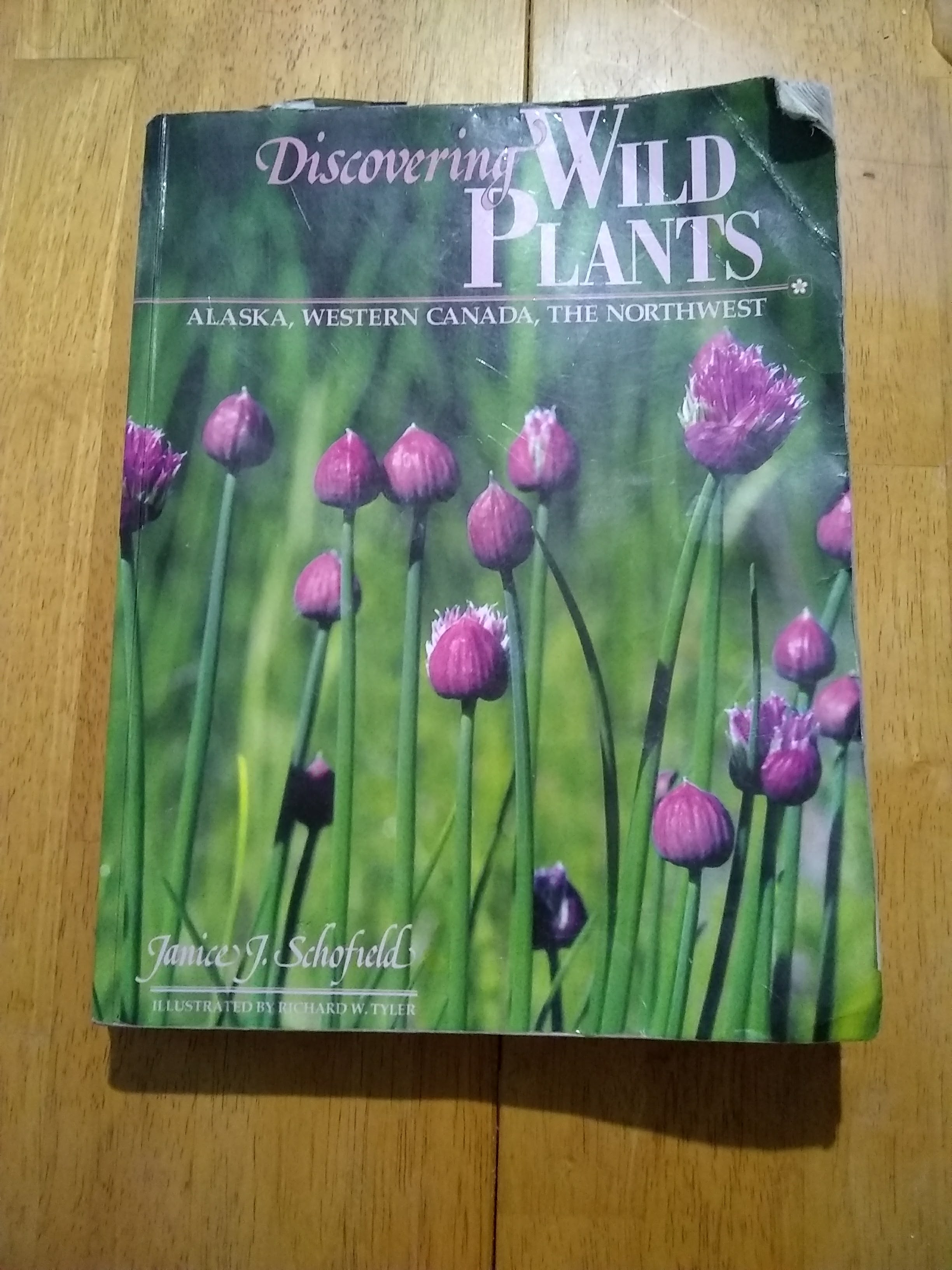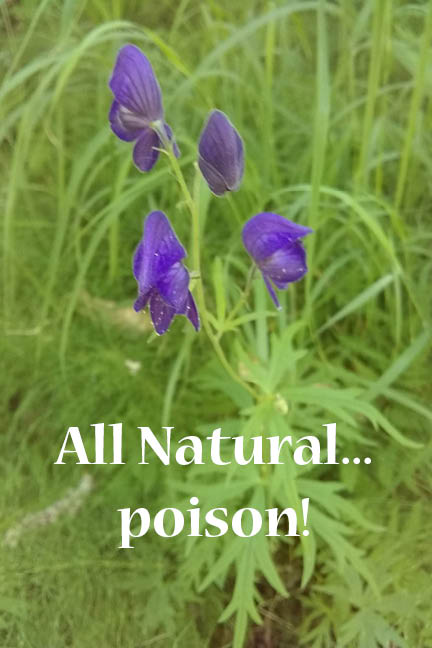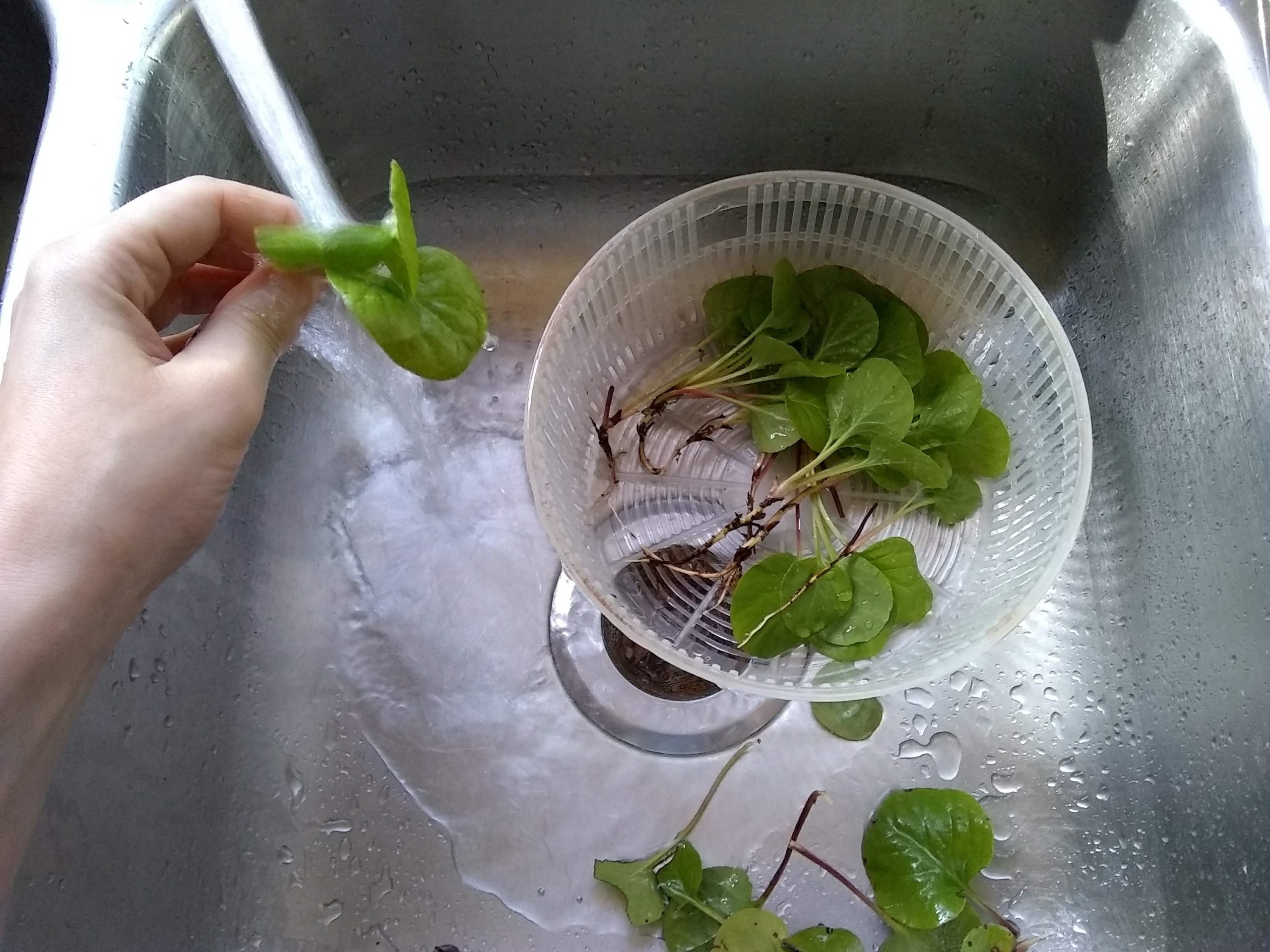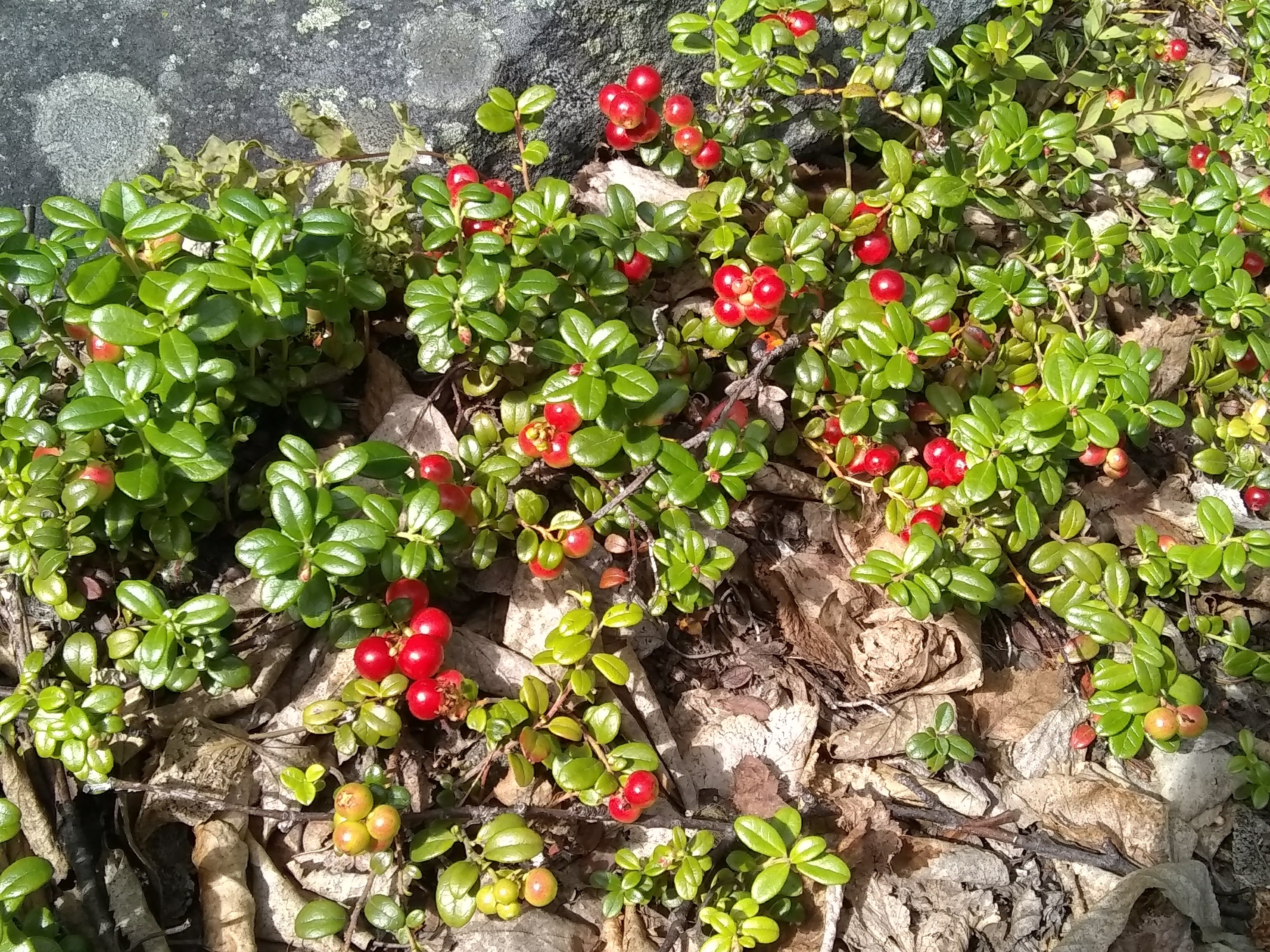Scientific Names of Plants
Someone in one of my classes mentioned in my survey that scientific names are not needed. I would like to address that here.
I could definitely see that the scientific name is important if using a plant for medicinal purposes. If you’re only wanting food uses out of the plants, then maybe you won’t need it. It seems that most edible plants are fairly recognizable. But wait! There’s more!

History Lesson: Taxonomy – coming up with scientific names
First, because I’m a history geek, a little history about scientific names. The science of naming and categorizing organisms (plant, animal, insect, etc) is called taxonomy. We currently use the binomial nomenclature system. This means there are two names.
The Egyptians started identifying and writing down which plants were poisonous some 3000 years ago. Then, Aristotle formally started categorizing plants and animals based on things they had in common. For instance, something has two arms, four legs, warm bodies, etc. We used this method up into the 1500’s to 1600’s when the microscope was developed. Because of the invention of the microscope, and better lenses, biologists could make better observations. They abandoned Aristotle’s way of categorizing and started using the polynomial system. This system consisted of a genus name followed by descriptors. However, this led to ridiculously long names.
But then, our hero comes!
Carl Linnaeus (Carl von Linne in his native Swedish) said: “We need to simplify how plants are named. This multiple descriptor names is too confusing!” So, in his 1753 publication of the Species Plantarum he introduced binomial nomenclature. It went like this: use the genus name (i.e. Arnica) plus a descriptor name (i.e. montana, meaning mountain or mountainous country).
Side note: If you’re interested in what some of the Latin descriptors mean, this is a really spiffy article.
What’s in a name?
Even if you’re going to use the plant for food, you need to be able to identify it. There are several species that have WAY too many common names, or the common name refers to several different plant depending on the region. For instance…did you know that wolf’s bane can refer to either Arnica (A. cordifiolia, A. angustifolia, A. montana) or Monkshood (Aconitum) or Delphinium? Monkshood and delphinium are both in the same family and both poisonous. Arnica is well known as a wonderful topical agent for bruises.
Finally: Why it is beneficial learn the scientific names of plants
Scientific names are accepted, generally, by everyone in all different languages. This is not only for identification purposes, but if you are talking with someone whose native language is not English, you can make sure you’re talking about the same plant. (I actually encountered this with a friend from Romania – it happens!)
They are also constant. As listed above, a plant can have many common names and a common name can apply to several different plants depending on the area.
Unfortunately, sometimes the scientific name is changed due to reclassification of the species. Like, rose root. It’s known under both Rhodiola and Sedum. This means that you have to keep up to date on what is going on with the scientific names.
Even with that little hiccup of sometimes the names being changed, it is helpful to know the scientific names of plants if you are going to be doing any type of work with them. There are several times where I have googled the common name, trying to make sure I had the right plant. However, the pictures were not the same plant. Then I tried the scientific names from the Boyd J. Shaffer book Flora of South Central Alaska and eventually found the correct plant. Scientific names ARE important to everyone who wants to work with plants. This goes for even those who will be heavy hobbiests.
What’s your favorite plant’s scientific name?





Crataegus phaenopyrum
once I learned what the Latin refers to, it was easier to remember them. The species name means showy fire, referring to the bright color the “haws” turn in the fall.
And thank you about your further information on “pines”, always an exception to the general rule. Larch is a deciduous evergreen. So good to share this so they don’t get cut down as “dead”. And there are evergreen deciduous. Mahonia, Euonymus.
We all have the chance to look at moments as learning opportunities. You may have heard people who work with soil get huffed up when you call that product dirt. The saying goes, ” Dirt your sweep up, soil, which grows plants, you can build and amend.”
Yes! The problem I have at the moment is pronouncing the scientific names. Time to brush up on my Latin and Greek!
I will have to remember the soil saying. I haven’t done much work with gardening, just dabbled. It wouldn’t surprise me to have made that mistake with a seasoned gardener. Now I won’t, thanks!